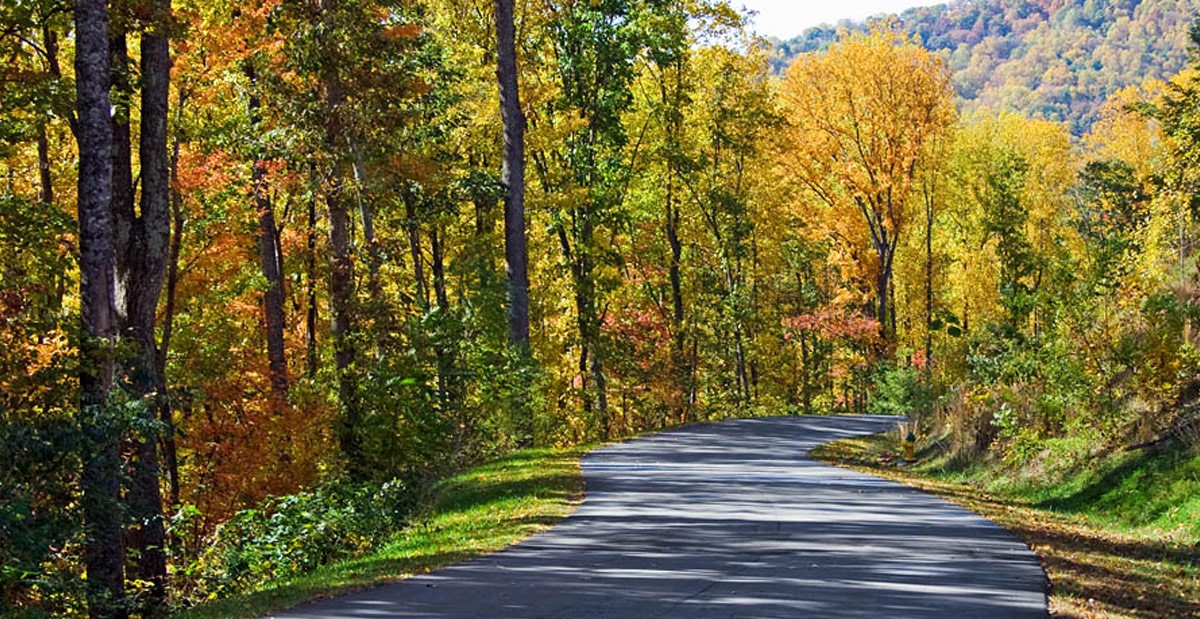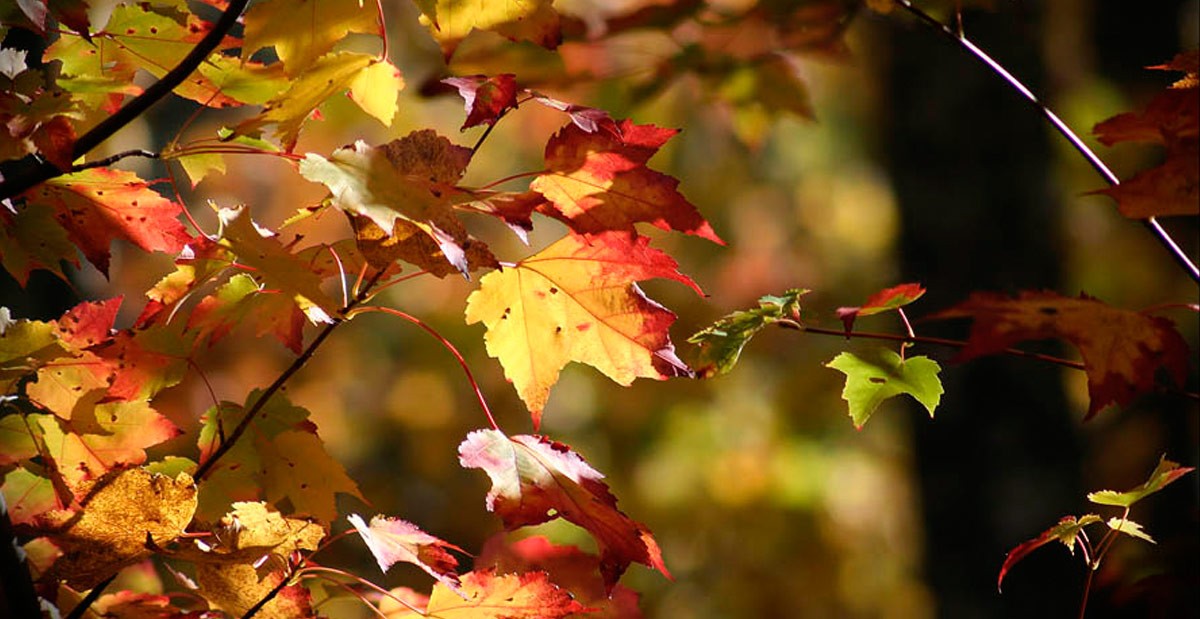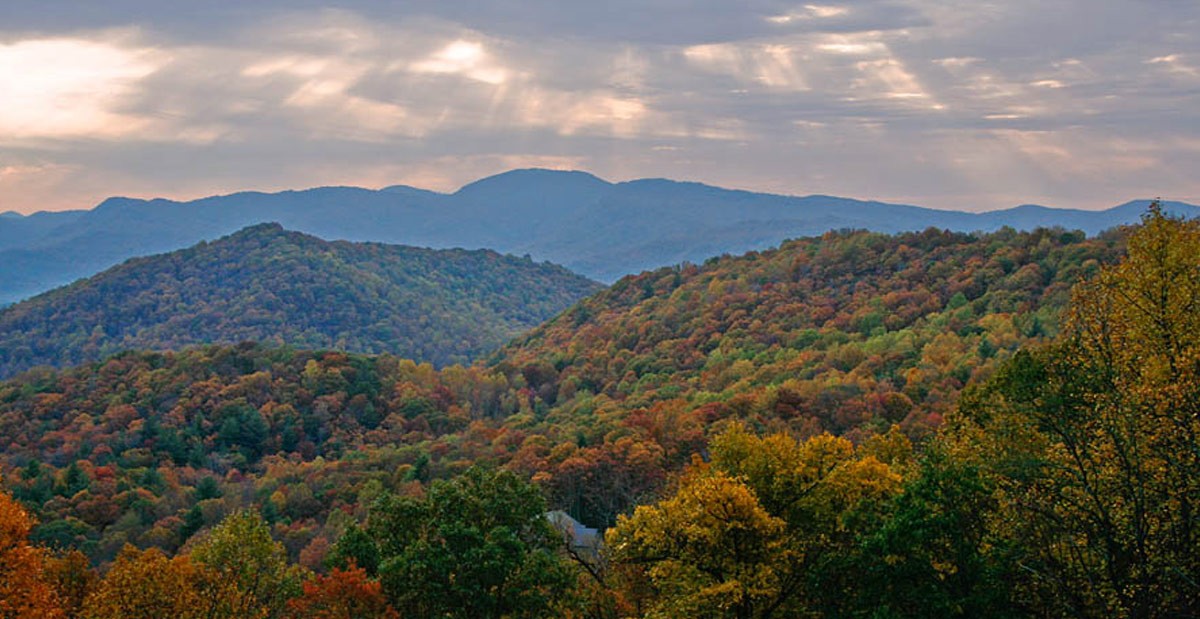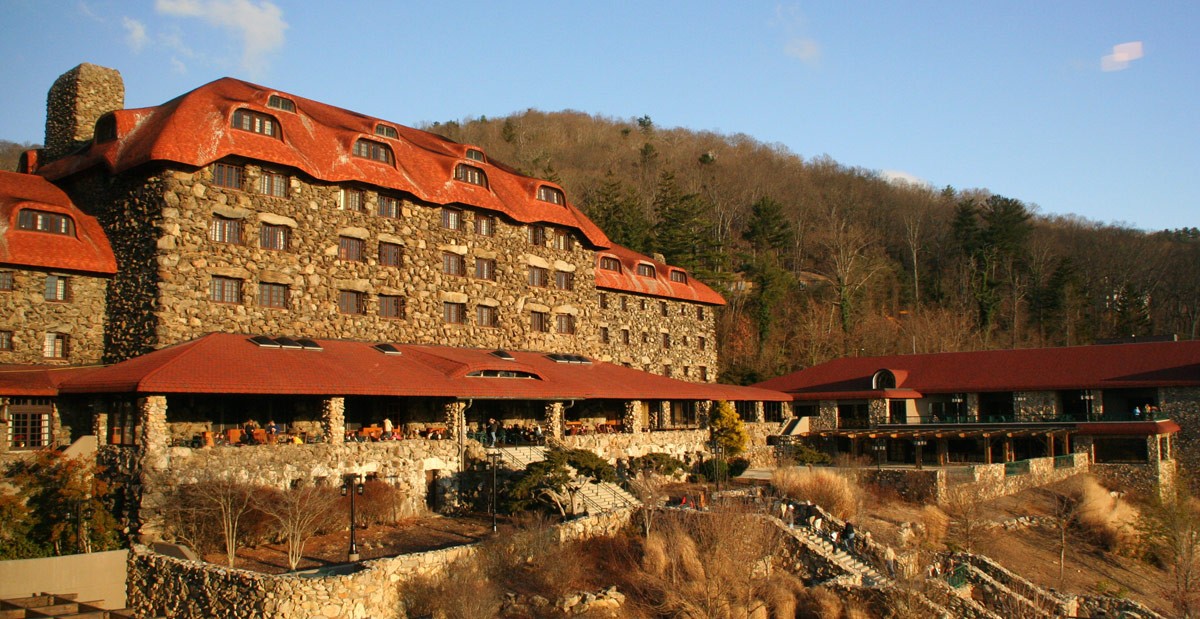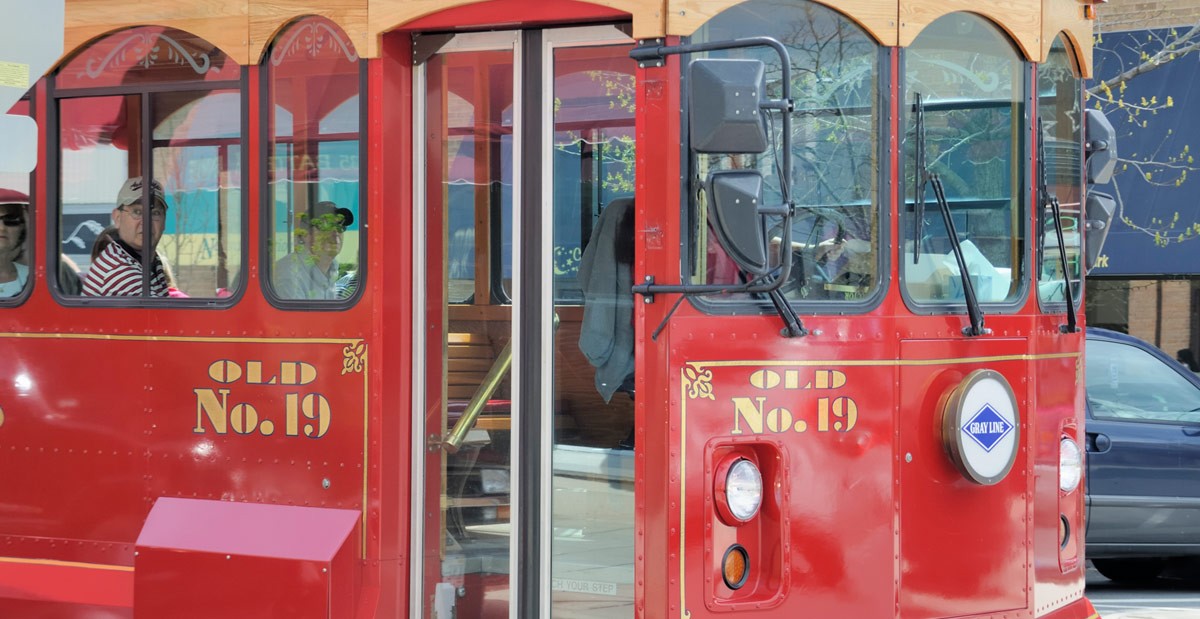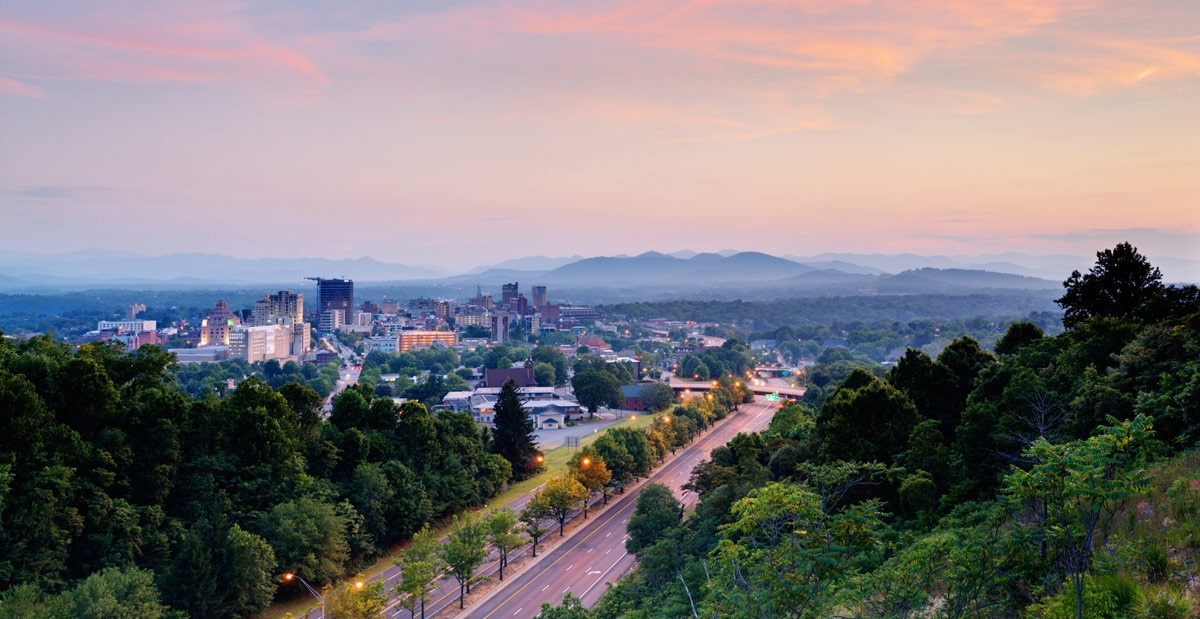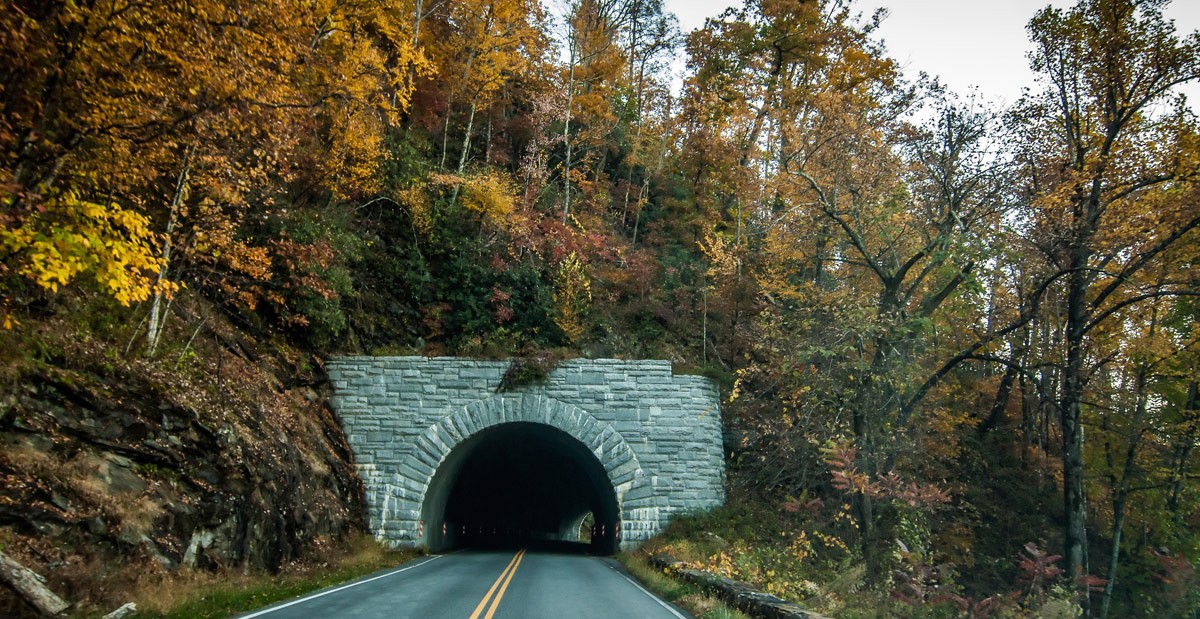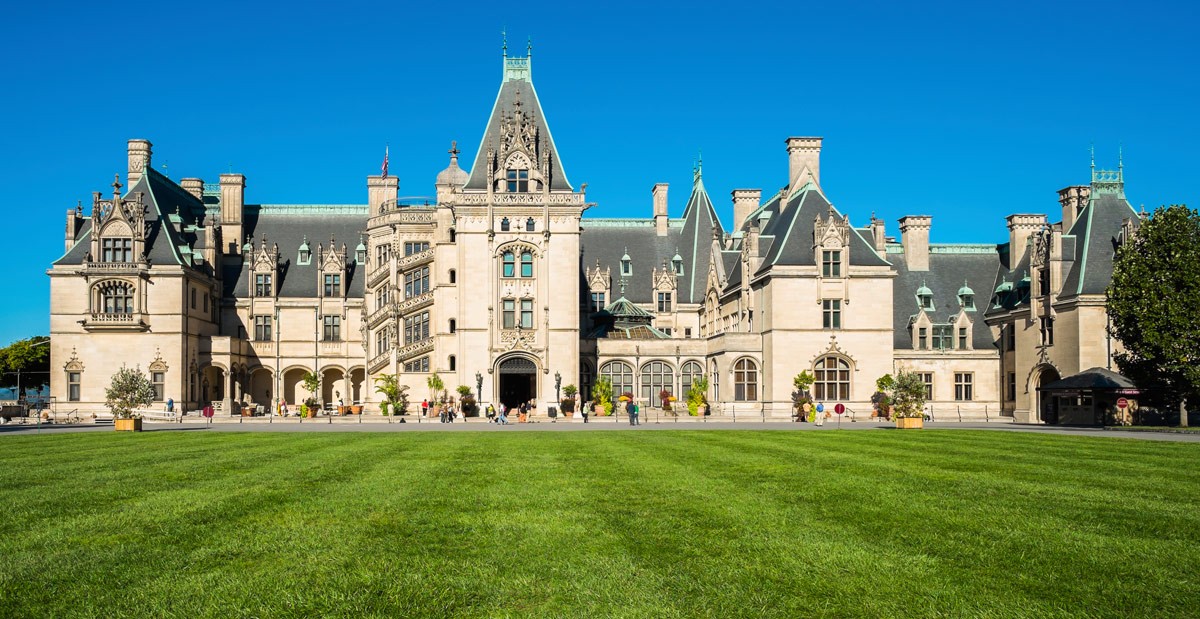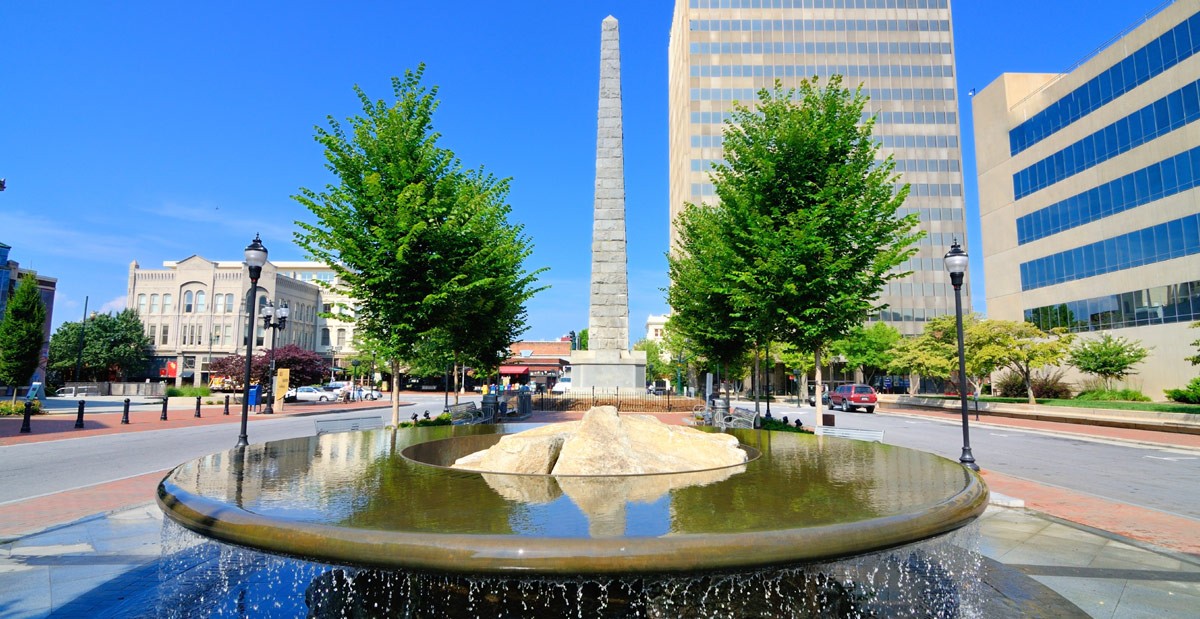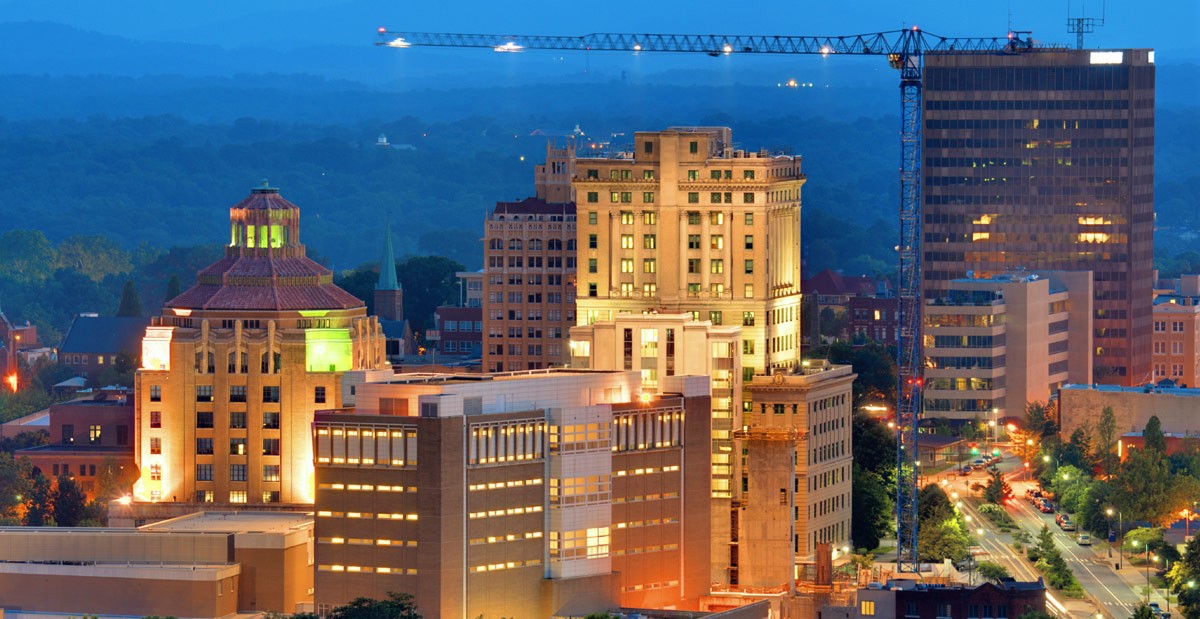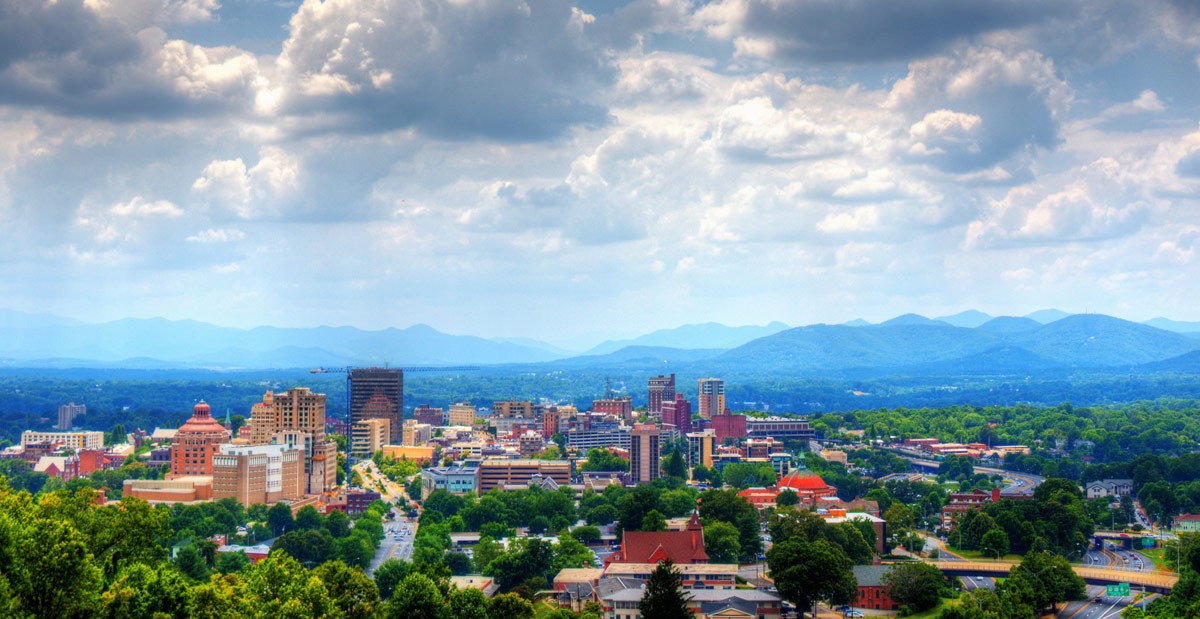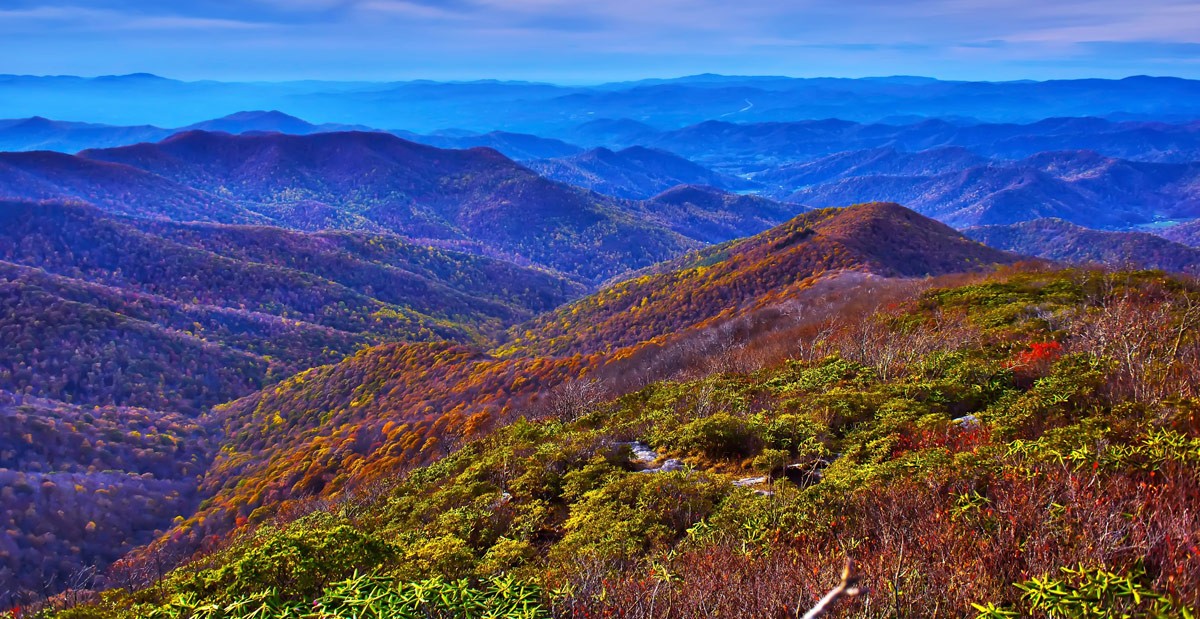About Asheville
A HISTORY OF ASHEVILLE
Carrying all of his belongings in 1784, young pioneer William Davidson, his wife and children moved their belongings through the Blue Ridge Mountains to settle in what is now known as Buncombe County, becoming the first settler family in the area.
Davidson and his family established an area that would one day become the mountain resort city of Asheville.
The Davidsons lived on Christian Creek in the Swannanoa Valley area known as “Eden Land.” A permanent settlement was founded in this valley in 1785. Proliferation of these homesteads led to a legislative act initiated by Colonel David Vance and Davidson, establishing Buncombe County on Dec. 5, 1791. What is now Pack Square boasted then a small log courthouse.
Founding of the county led John Burton in 1793 to establish a large settlement from state land grants he named Morristown. He marked off and sold 42 half-acre lots for approximately $2.50 each. This area was incorporated in 1797 and renamed Asheville in honor of Gov. Samuel Ashe.
The population of Asheville grew by increments, expanding over the years from 500 people in 1840 to more than 65,000 in 2000. It became known as the hub of activity in Western North Carolina. Completion of more roads stimulated population growth.
A road parallel to the French Broad River made a path into east Tennessee in 1828. This passage opened the gateway from the west, bringing settlers driving herds of hogs, sheep and cattle from Kentucky and Tennessee.
The “Asheville and Greenville Plank Road,” completed in 1851, expanded commerce. At this point, more affluent community members recognized Asheville as a health resort. This designation attracted the wealthy from all over the South, arriving on four- and six-horse stages.
Asheville was not always known as peaceful, elegant or especially inviting. This mountain city became a vital Confederate military center during the Civil War. The first company of soldiers west of the Blue Ridge Mountains, the Buncombe Rifles, carried a flag made from the silk dresses of town belles when it marched on April 18, 1861. Seven of the 10 companies comprising the 60th North Carolina Regiment were Buncombe men.
Francis Tiernan established another popular landmark description for Asheville in 1878. Writing under the name Christian Reid, Salisbury, N.C.’s Tiernan used the phrase “The Land of the Sky” to describe Asheville. Thousands of people in and throughout the area recognized the phrase immediately and spread Asheville’s name.
The late 1800s brought the new railroad industry and an entirely fresh and hopeful future to Asheville. The railroad made it across the Eastern Continental Divide and into Western North Carolina in 1880. Trains brought money, power and a taste of affluence to Buncombe County.
A young aristocrat from New York visited Asheville in the 1880s with his mother to see what he described later as the most beautiful place in the world. George W. Vanderbilt purchased 125,000 acres, and eventually constructed what is now America’s largest private residence—Biltmore. The name is derived from “Bildt”, the Dutch town home to Vanderbilt ancestors, and “more,” an old English word for rolling, mountainous country.
He commissioned renowned landscape architect Frederick Law Olmsted to design the grounds and gardens, and celebrated architect Richard Morris Hunt to help him plan the house. It took hundreds of workers from 1890-1895 to complete the 255-room, French Renaissance chateau and surrounding grounds.
Vanderbilt’s dream to replicate the great estates of Europe through Biltmore brought romance and a distinctive elegance to Asheville, achieving a celebrity status never experienced before in Western North Carolina. Family members and friends invited from all over the United States and beyond came to experience the opulent estate with the splendor of Olmsted’s sweet-smelling gardens, rich foods at the 64-seat banquet table, and the utter beauty of Vanderbilt’s glorious mountains.
As the 1900s approached, Asheville’s economic growth exploded. Religious assemblies, an opera house and a convention auditorium drew urban culture to the area. The “Asheville Board of Trade,” developed by the Chamber of Commerce in 1900, devised national advertising campaigns labeling Asheville one of “the leading convention cities in the country.”
Architects Richard Sharpe Smith, Douglas Ellington, and Ronald Greene designed buildings that would, one day, augment Asheville’s diverse city center. Today, structures such as City Hall, the Jackson Building, First Baptist Church and the S & W Building help downtown Asheville retain a southeastern Art Deco collection second only to that of Miami Beach. The Langren Hotel in 1912, Grove Park Inn in 1913, and the Kenilworth Inn in 1918 served to expand further the luxury resort industry in Asheville. The most enduring of these, the Grove Park Inn, was founded in part because of a case of bronchitis.
During the early 1920s, dignitaries and celebrities from throughout the world ventured to Asheville seeking sweet mountain air. It was a time when famous author F. Scott Fitzgerald enjoyed the luxury of the Grove Park Inn along with presidents and other statesmen. Thomas Wolfe came home to visit, and was well received. Numerous new housing developments accompanied Asheville’s economic expansion. Grovemont, Kenilworth, Malvern Hills, Beverly Hills and Hollywood were clipped from surrounding farmland and boasted lots through local advertising.
General Information
Asheville pops up on national rankings for a variety of things: Modern Maturity named it one of “The 50 Most Alive Places To Be,” AmericanStyle magazine called it one of “America’s Top 25 Arts Destinations,” Self magazine labeled it the “Happiest City for Women,” it is one of AARP Magazine’s “Best Places to Reinvent Your Life.” Asheville has also been called “a New Age Mecca” by CBS News’ Eye On America, and named the “most vegetarian-friendly” small city in America by PETA. Begun in 2005, Asheville has its own new age talk radio program, VIRATO LIVE!
In 2007, Asheville was named one of the top seven places to live in the U.S. by Frommer’s Cities Ranked and Rated, #23 of 200 metro areas for business and careers by Forbes, and the best place to live in the country by Relocate-America. It was also named one of the world’s top 12 must-see destinations for 2007 by Frommer’s travel guides.
Asheville and the surrounding mountains are also popular in the autumn when fall foliage peaks in October. The scenic Blue Ridge Parkway runs through the Asheville area and near the Biltmore Estate.
Downtown Asheville is a major attraction for tourists in the area.
Mayor Terry Bellamy (the city’s first African-American female mayor) is a member of the Mayors Against Illegal Guns Coalition, a bi-partisan group with a stated goal of “making the public safer by getting illegal guns off the streets.” The Coalition is co-chaired by Boston Mayor Thomas Menino and New York City Mayor Michael Bloomberg. In 2005, Asheville signed the U.S. Conference of Mayors Mayors Climate Protection Agreement, and in 2007 signed an agreement with Warren Wilson College stating the intent of the city and college to work together toward climate partnership goals.
Asheville has long been famous for its stunning scenery, lively mountain music and famous attractions such as Biltmore and the Blue Ridge Parkway. And now, Asheville has become the craft-brewing center of the Southeast. Asheville’s beer scene has garnered so much enthusiasm that Asheville was named the winner of theExaminer’s “Beer City, USA” poll four years running.
Boasting more breweries per capita than any U.S. city, the Asheville area is home to 18 craft breweries. Sierra Nevada just opened its $110 million East coast operation and New Belgium is under construction on its $175 million east coast facility on the French Broad River in downtown Asheville. On any given day, roughly 100 local beers can be enjoyed in Asheville, served on draft and in bottles. Each of the breweries has its own unique atmosphere and personality and the same could be said for the beer.
FOR MORE INFORMATION ON ASHEVILLE
